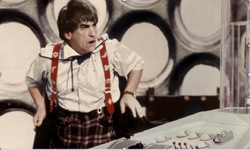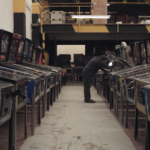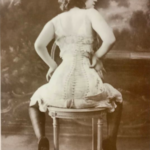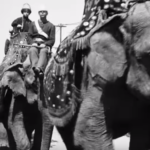Whither Doctor Who?
The early episodes were just as hallucinogenic as today’s, although in black and white that looks rather murky beside the modern color adventures of the time- and space-flaunting Doctor.
These days, the shape-shifting scientist often comes in the shape of a hunky or dreamy young man, as if designed for the heartthrob market. But he has been played by so many different actors that it’s hard to keep track of them all as they zip about the universe in a dazzlingly souped-up telephone-booth transporter.
In December, two early episodes among the 100 feared lost were shown at the annual Missing Believed Wiped event at the British Film Institute in London.
Among other items recovered and shown at the event were Emergency Ward 9, a play by Dennis Potter, and a comedy sketch featuring Peter Cook and Dudley Moore.
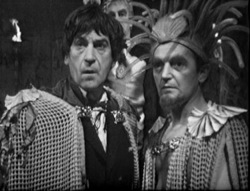 The Dr Who segments, from 1965 and 1967, are the first rediscovered segments of Dr Who in several years. They feature the first two incarnations of the Doctor, William Hartnell and Patrick Troughton. (There have been 11 doctors, plus several other fill-ins, impersonators, and impostors.)
The Dr Who segments, from 1965 and 1967, are the first rediscovered segments of Dr Who in several years. They feature the first two incarnations of the Doctor, William Hartnell and Patrick Troughton. (There have been 11 doctors, plus several other fill-ins, impersonators, and impostors.)
At some time before the early 1980s, the two retrieved episodes made their way back to England from Australia, where the Australian Broadcasting Corporation network had aired them, as one of many overseas broadcasters that received copies on film from the BBC’s original videotapes.
Then, a collector, Terry Burnett, a now-retired broadcast engineer, bought the two films at a village fair near Southampton in the early 1980s. He was unaware until recently, however, that he was holding such desirable material. His discovery might have remained unrealized had Burnett not mentioned the episodes in passing to a radio preservation expert.
Clips from the episodes are online, and a commercial release of the segments is in preparation. The earlier of the two is the episode titled “Airlock,” the second of a four-part story called “Galaxy Four” that first went to air in 1965. In it, the Doctor and his colleagues encounter the Drahvins, a race of cloned females attempting to escape a planet that is set to explode, as well as small robots called the Chumblies.
The second, 1967 episode, part of “The Underwater Menace,” features the Doctor battling a mad scientist who is restoring the empire of Atlantis by draining the ocean into the Earth’s core. Or so he intends.
The BBC did not start routinely archiving its shows until 1978; in fact, in the first days of television in the late 1950s, most shows were broadcast live and not recorded, at all. Before the late 1970s, television networks routinely erased tapes when their broadcast-repeat rights had expired – video tape was expensive, so was re-used. Often its content was presumed to be of no further interest, as astonishing as that might seem, now.
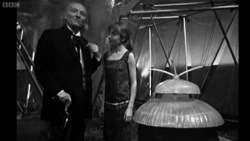
The BBC’s campaign has had many successes. But much remains missing.
Each discovery renews hope that more treasures will be unearthed, and, in the UK at least, occasions considerable press coverage. Dr Who has long been a cult favorite.
Previous Post: Archival Film of the Day: The Shakers
Next Post: New Year, New Work?

